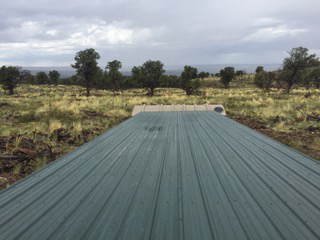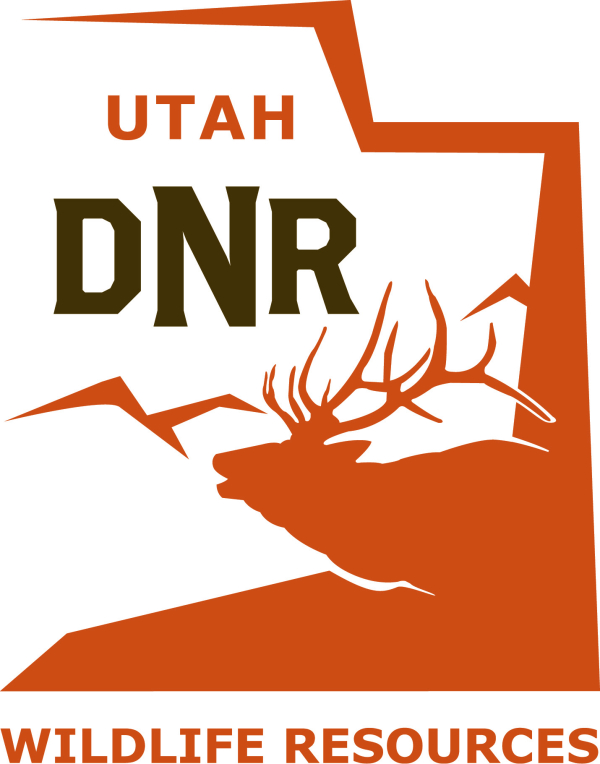

|
SALT LAKE CITY — The Book Cliffs is a well-known hunting area in northeastern Utah. In recent years, though, deer, livestock and other animals in the area have struggled due to ongoing drought conditions limiting water sources and habitat, which provides shelter and feed. A working group comprised of Utah Division of Wildlife Resources biologists and several state and federal agencies, conservation groups, universities and landowners have been working to address those issues.
In April 2019, the Utah Wildlife Board tasked the DWR with forming a Book Cliffs Working Group to assess the causes of the decreasing mule deer and elk populations in the area and to develop a plan. Several stakeholders in the area are involved in the group, including the Bureau of Land Management, the Utah School and Institutional Trust Lands Administration, the Natural Resources Conservation Service, the Utah Department of Agriculture and Food, Utah Farm Bureau, Utah State University, Brigham Young University, the Mule Deer Foundation, the Rocky Mountain Elk Foundation, the Sportsmen for Fish and Wildlife and several landowners. The group meets several times a year to coordinate implementation of the action plan that was completed in May 2020.
“The Book Cliffs area includes crucial, but limited, summer range for many big game animals,” DWR Northeastern Region Habitat Manager Pat Rainbolt said. “Livestock also graze there. Due to the drought conditions, there hasn’t been enough available feed, water or shelter for all the different animals that depend on the 800,000-acre Book Cliffs area. The working group helps to address issues and implement projects that will have long-lasting impacts to help the wildlife and livestock that use this area.”
As part of Utah’s Watershed Restoration Initiative, the DWR and other partners have done several projects to improve habitat in the Book Cliffs, including:
Removing encroaching pinyon and juniper trees that take a lot of the available water and crowd out other plants more beneficial to wildlife and livestock
Ongoing maintenance of existing springs and ponds
Building and installing water guzzlers (guzzlers are large devices that catch and store water from snow and rain to provide drinking water for wildlife and livestock)
Planting native seeds to provide more — and better — feed sources for animals in the area
Habitat projects to enhance summer and winter ranges for wildlife and livestock, including noxious weed control, prescribed burns, re-seeding, adding fences and implementing erosion control
During the past two years, a study has also been implemented in the Book Cliffs to identify the limiting factors for deer and elk in the area. The study includes monitoring the condition and survival rates of adult deer and elk and determining causes of death, studying their pregnancy and birth rates, monitoring habitat use from deer, elk and wild horses, and also monitoring the survival rates of newborn fawn deer and calf elk to determine causes of death. This spring, biologists caught and collared 27 newly-born deer fawns in the Book Cliffs, and later learned that 22 of those died, with the majority of the deaths being attributed to drought. Biologists also captured and placed tracking collars on 30 newly-born elk calves in the Book Cliffs. In contrast to deer, only five of these calves have died, and most were killed by predators.
This summer, DWR biologists and other partners also installed 16 new water guzzlers including the rebuilding of a “mega” guzzler in the summer range area of the Book Cliffs to help provide water for wildlife and other animals during the drought. A traditional guzzler typically consists of the following:
A large 480-square-foot "apron" (often made of metal) that collects rainwater during storm events
An 1,800-gallon storage tank that holds the water and provides access for animal use
This “mega” guzzler is 15 times the size of a traditional one, and includes a 7,200-square-foot apron that drains into five storage tanks. It can take about 6 inches of precipitation to fill a traditional style guzzler — for the mega guzzler, it only takes 2 inches. The tanks were installed in July and the aprons will be completed by September. Animals have already been seen using the guzzler for water.
“Projects like this are a crucial component of successfully balancing the needs of Utah's wildlife and livestock alike,” Utah Department of Agriculture and Food Commissioner Craig Buttars said. “Providing resources for feed, water and habitat enhancement supports optimal conditions for all species who inhabit the area.”
###
Photos courtesy of Utah Division of Wildlife Resources:
https://drive.google.com/drive/folders/1cbuev7XANgjoS9vcbaNvpyYccnrwMBnJ?usp=sharing
Media contact: DWR Public Information Officer Faith Heaton Jolley at 385-266-2640
--
Faith Heaton Jolley
Public Information Officer
Outreach Section Assistant Chief
Utah Division of Wildlife Resources
Cell: 385-266-2640